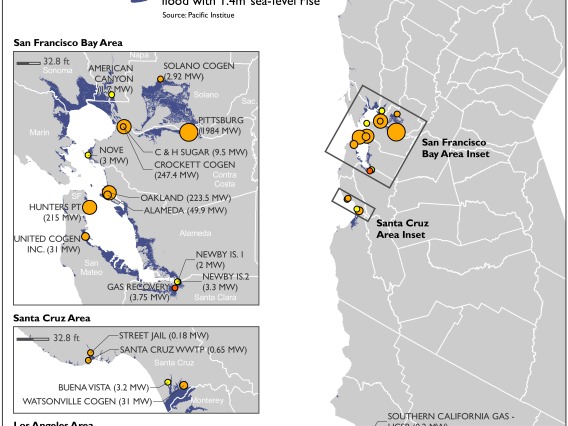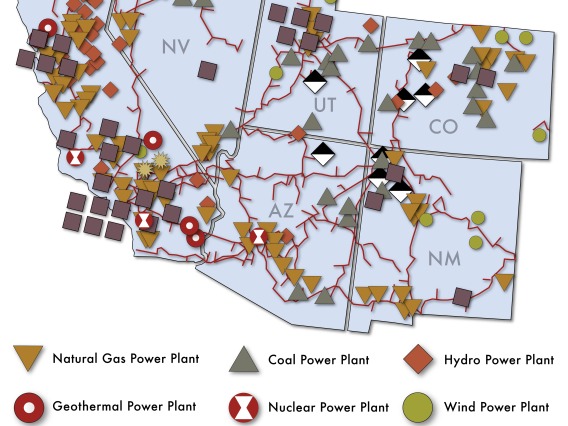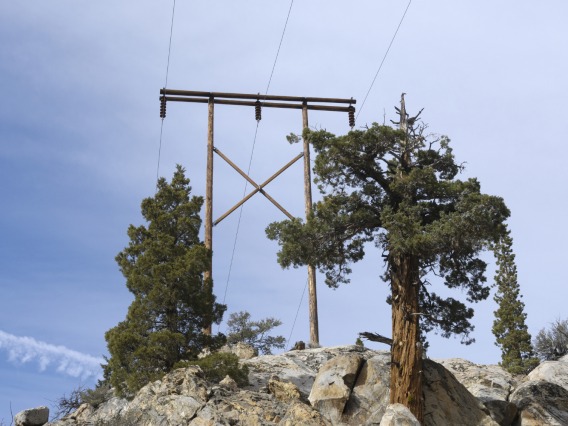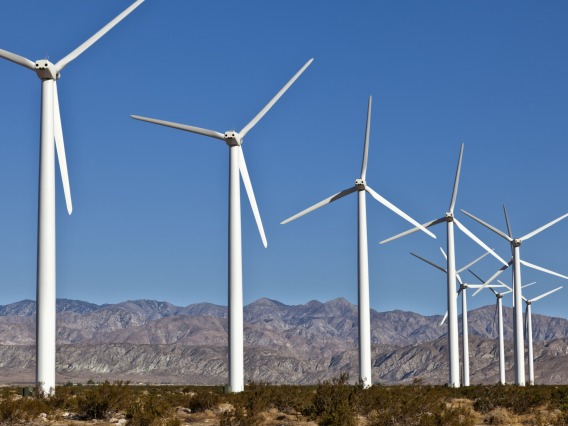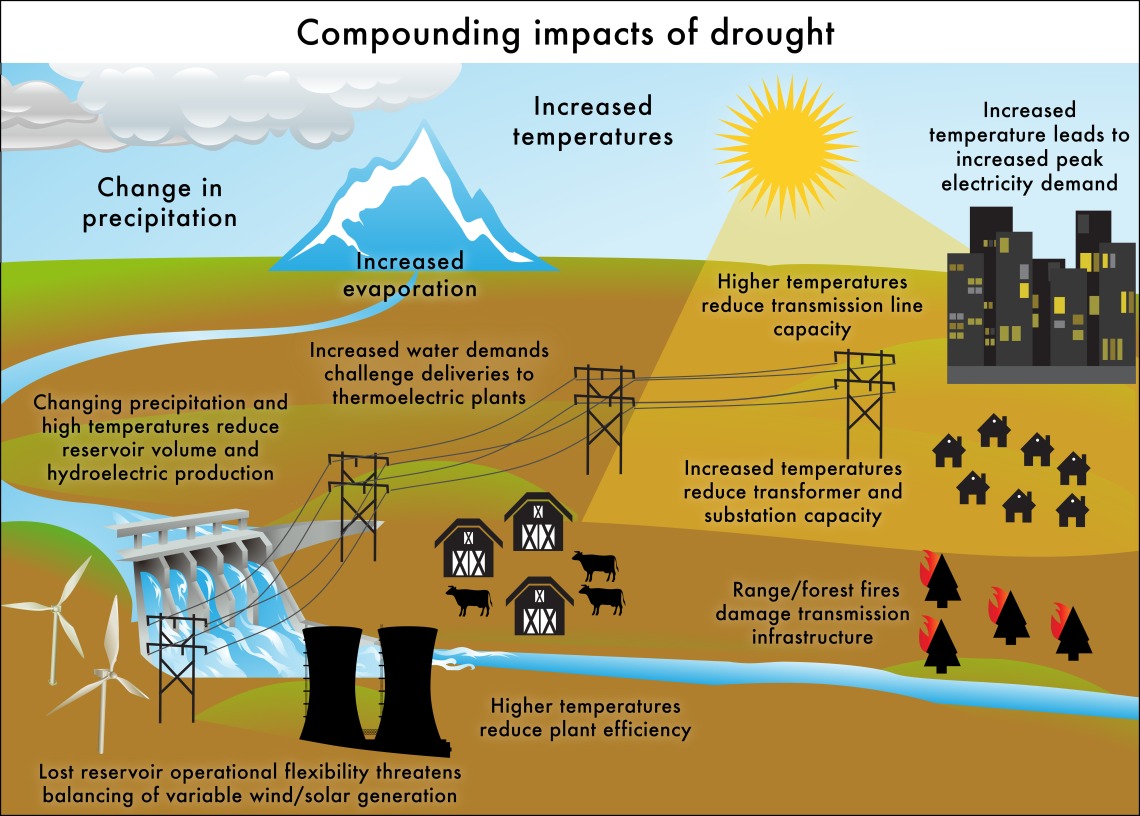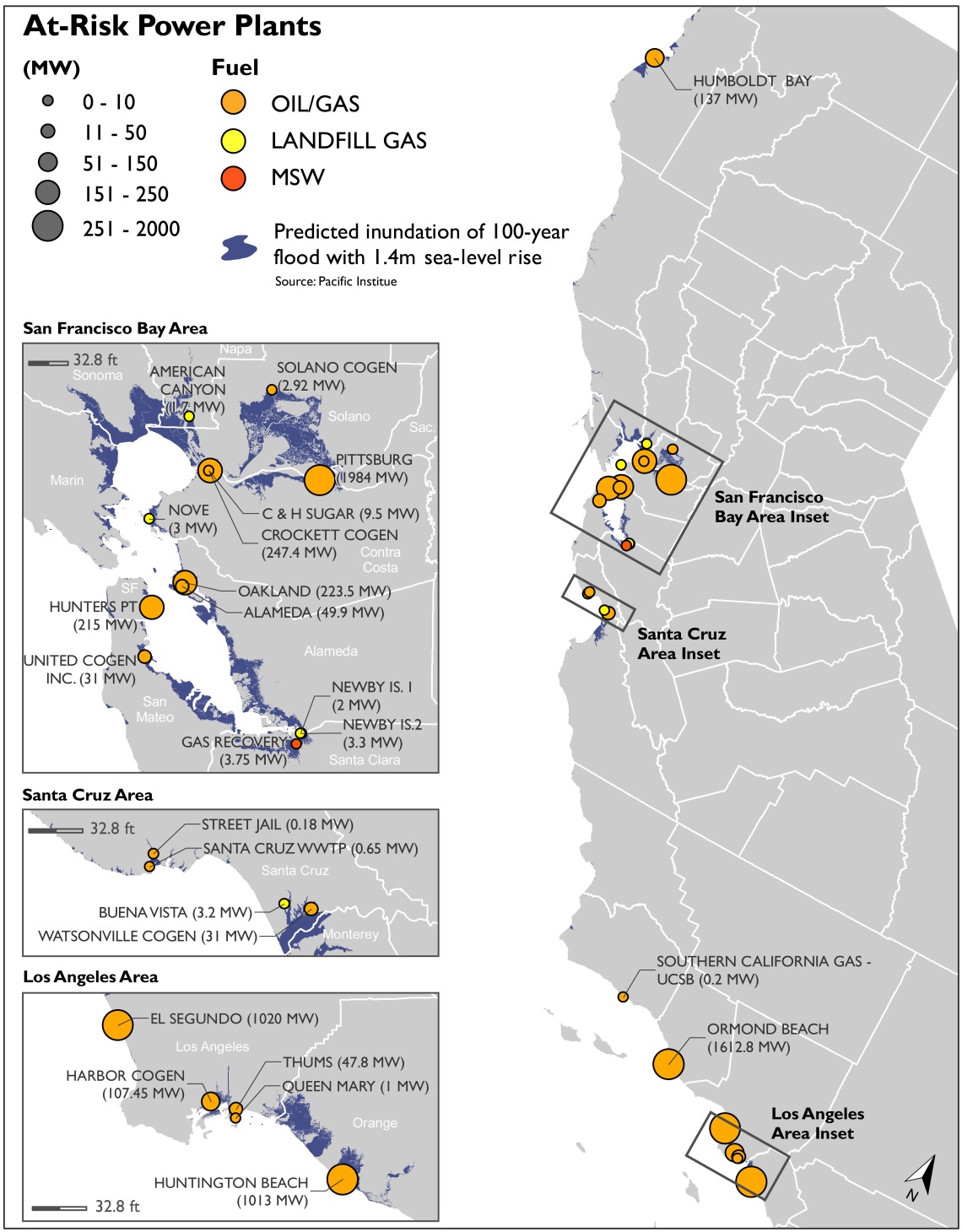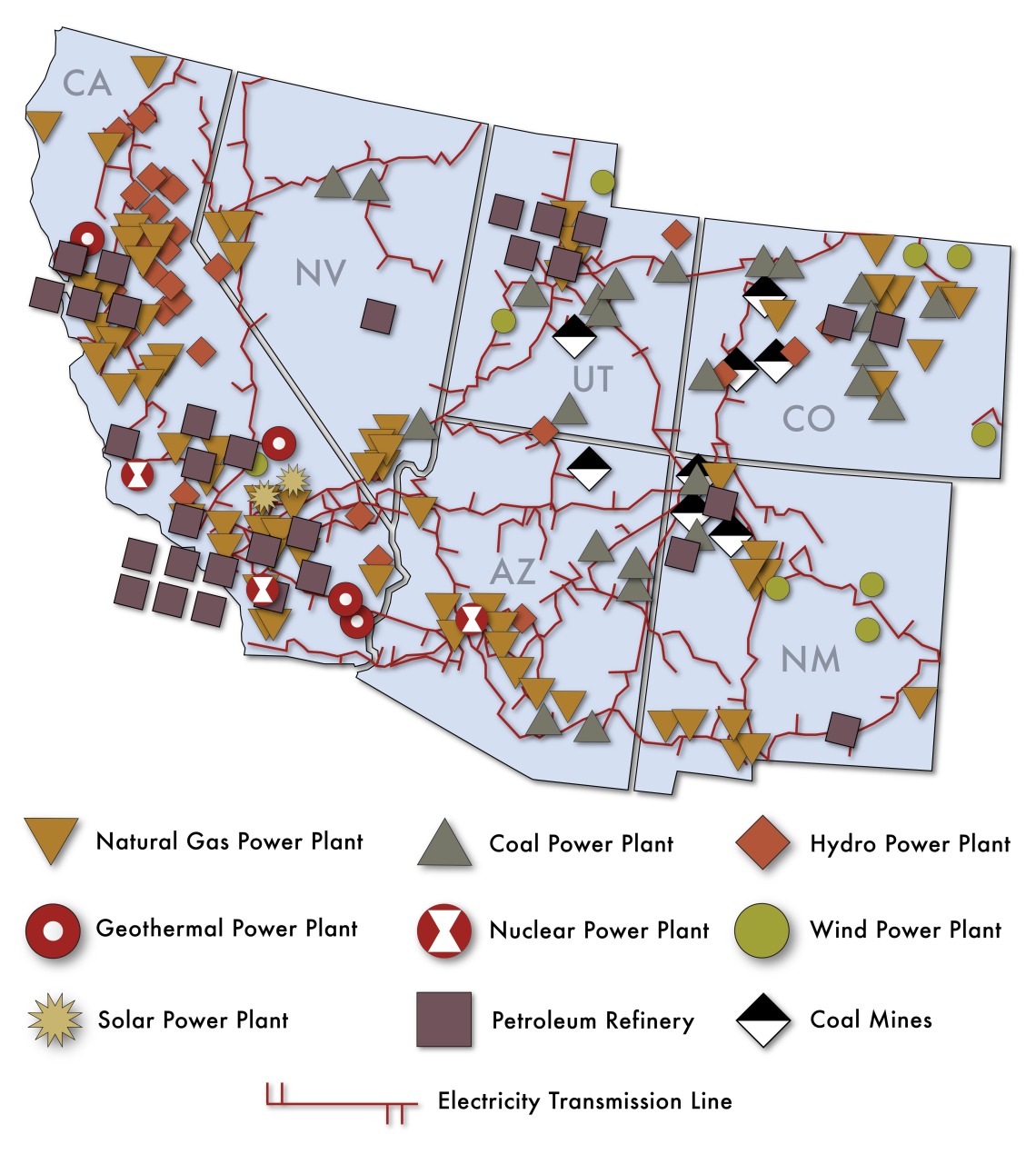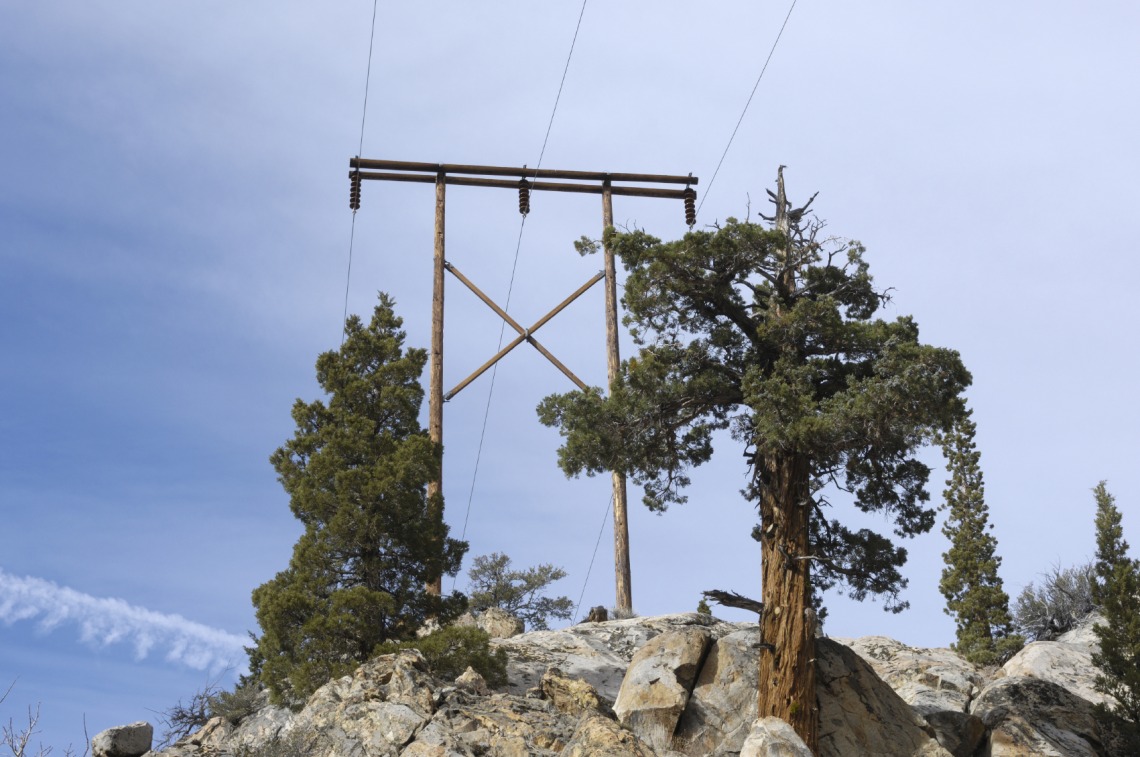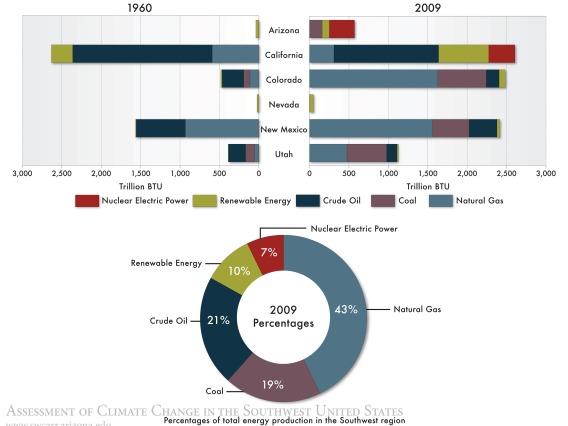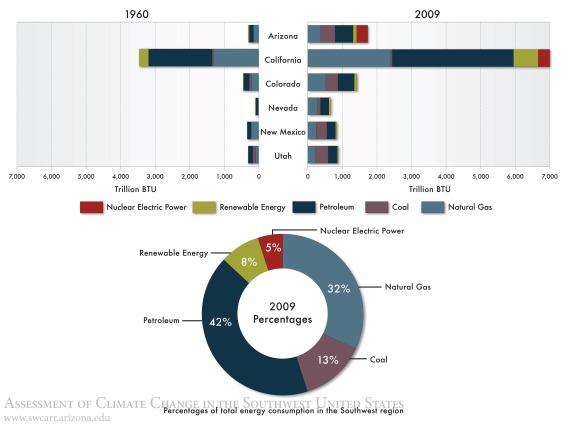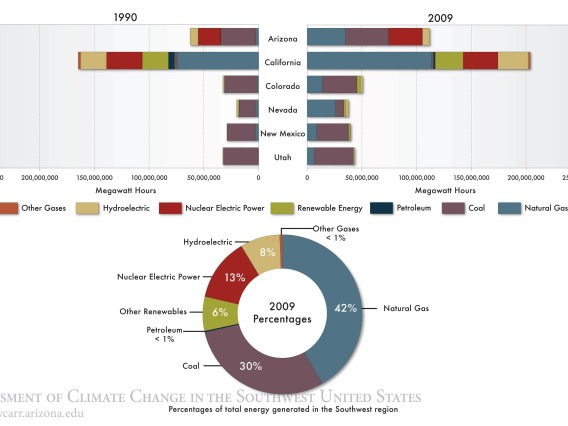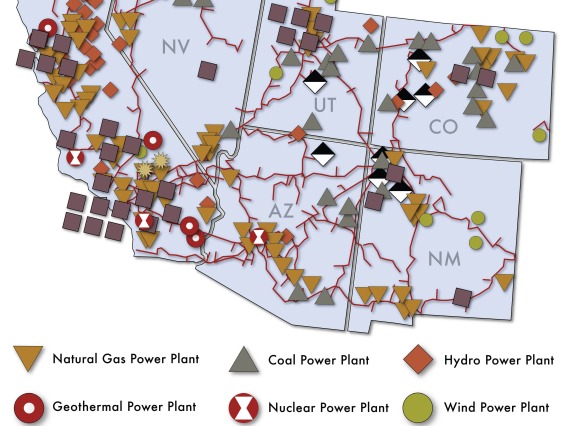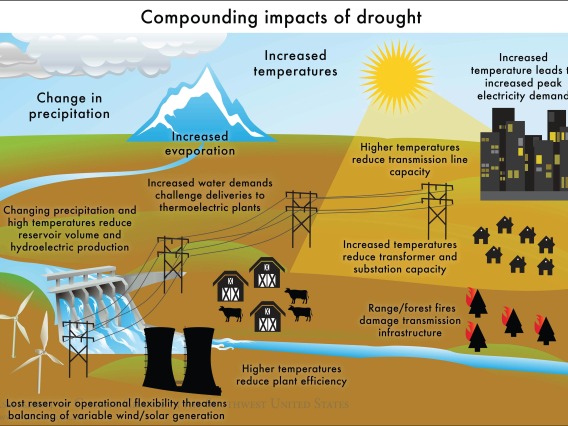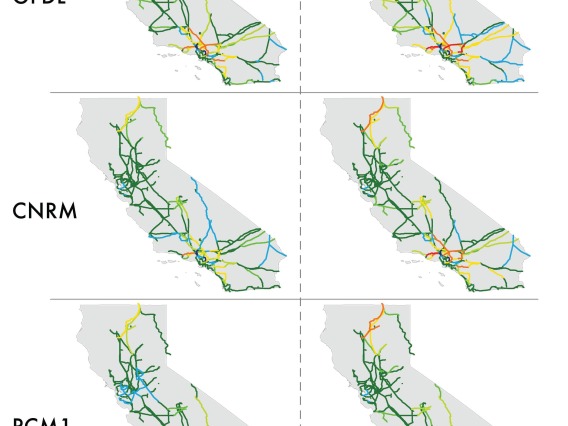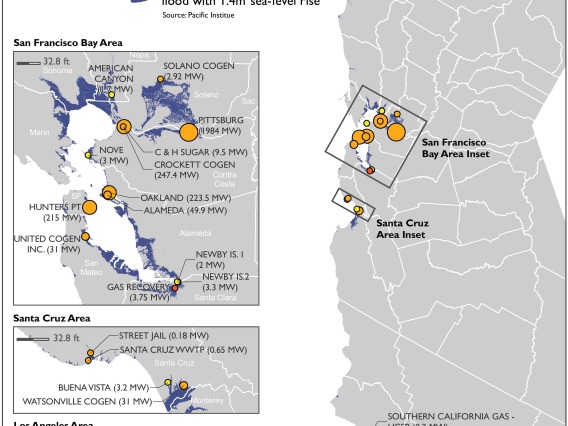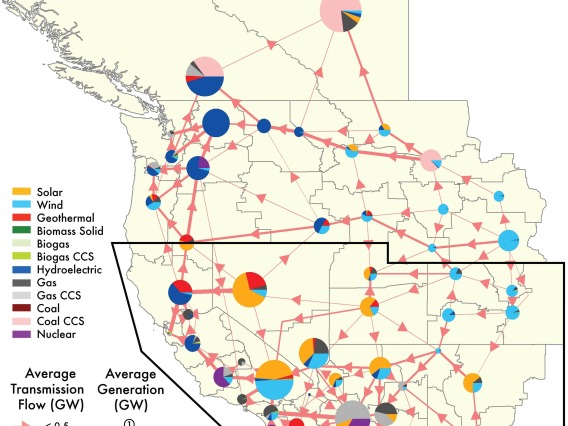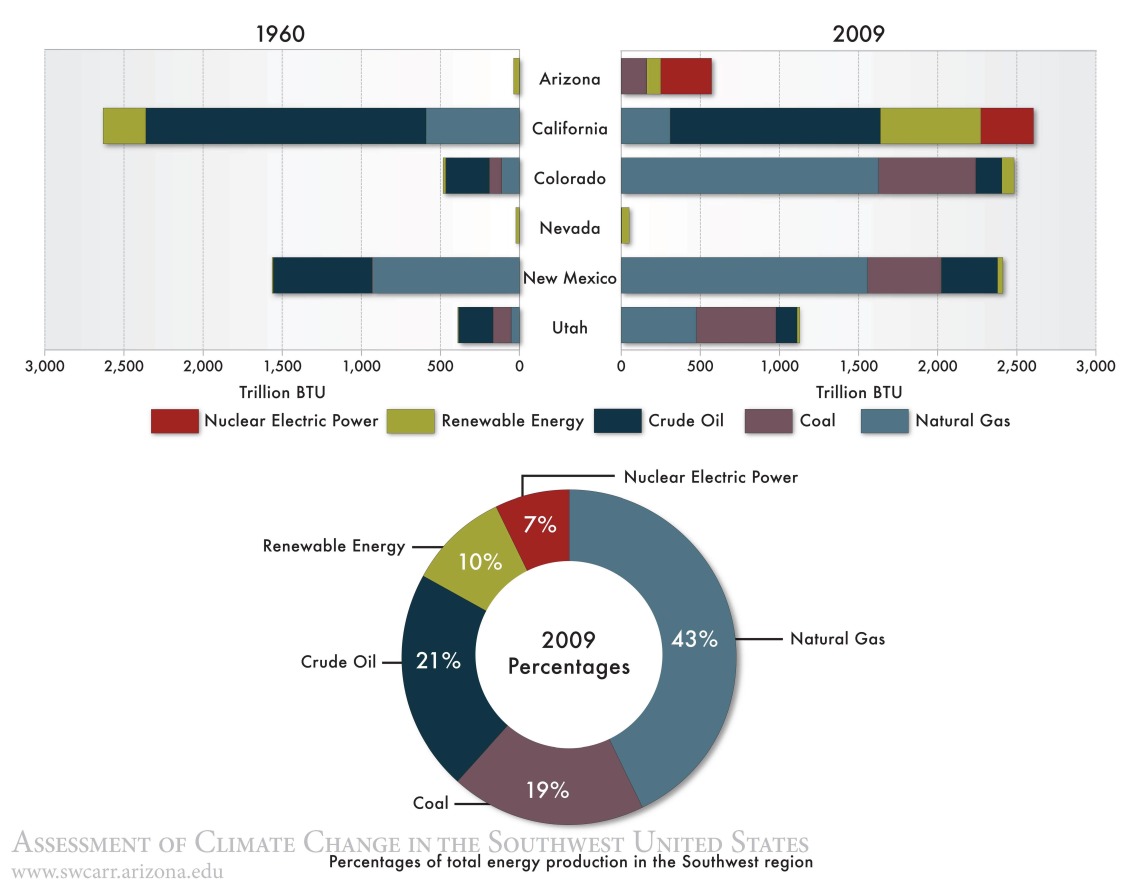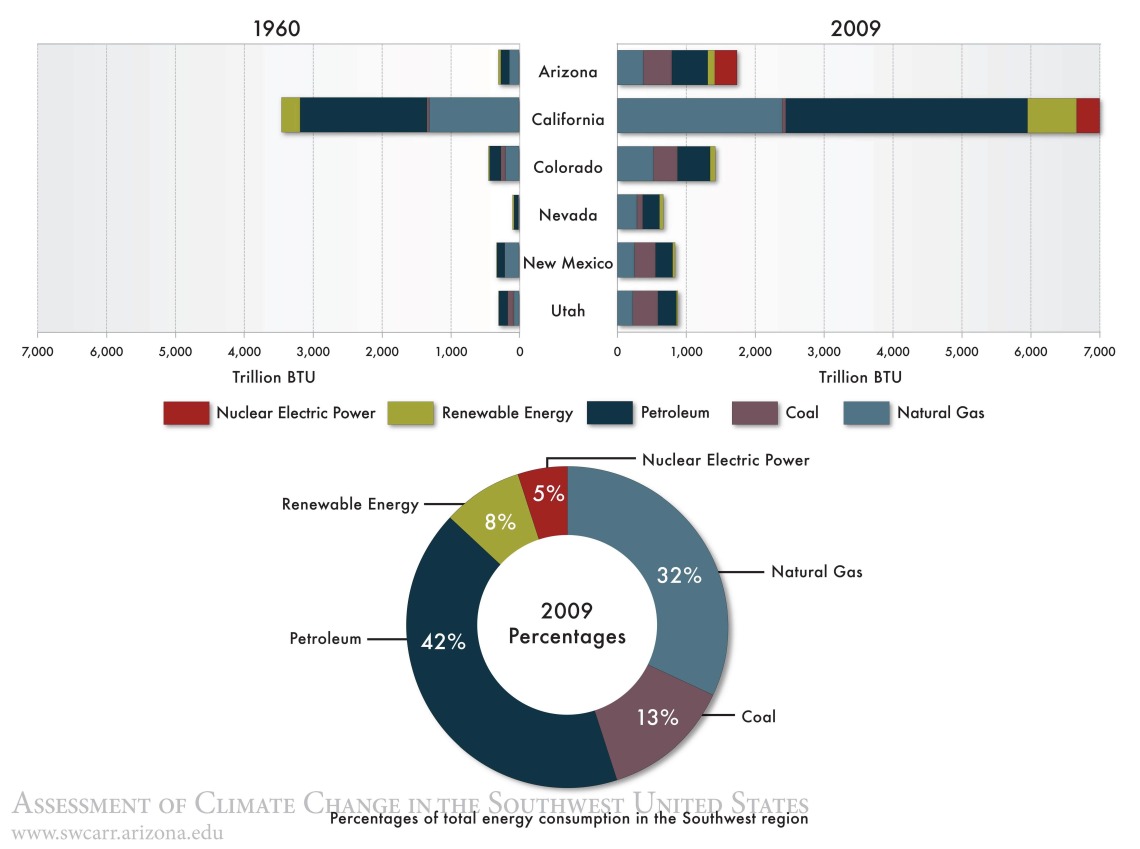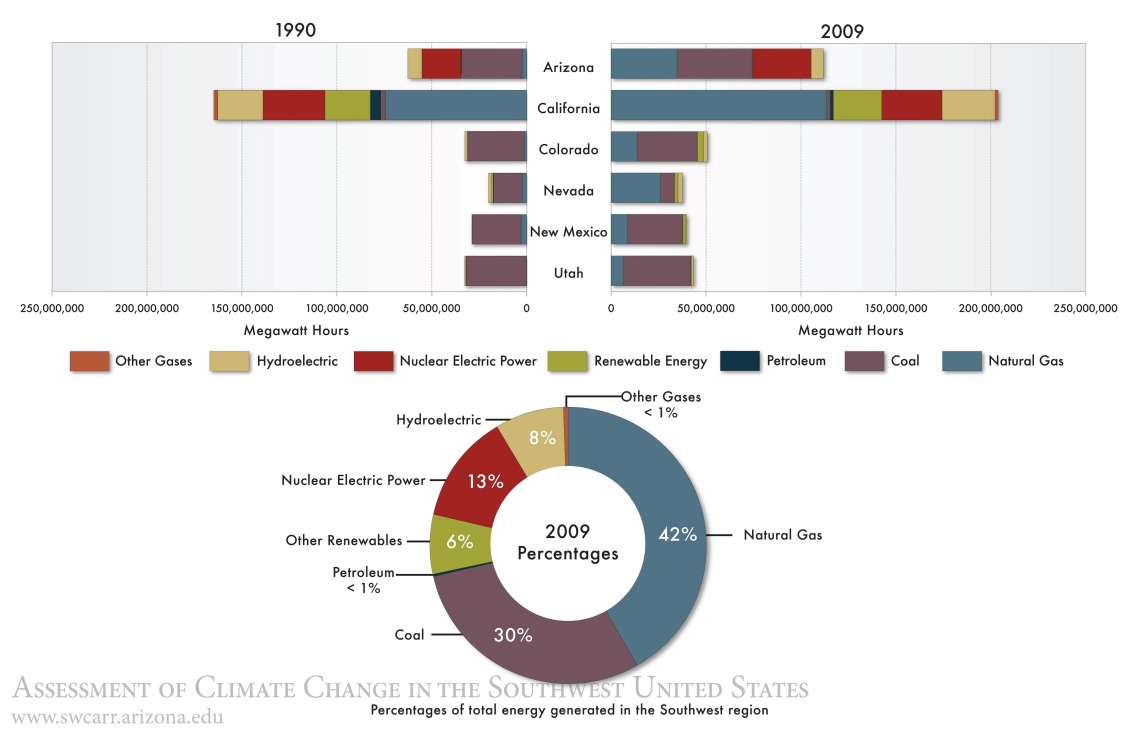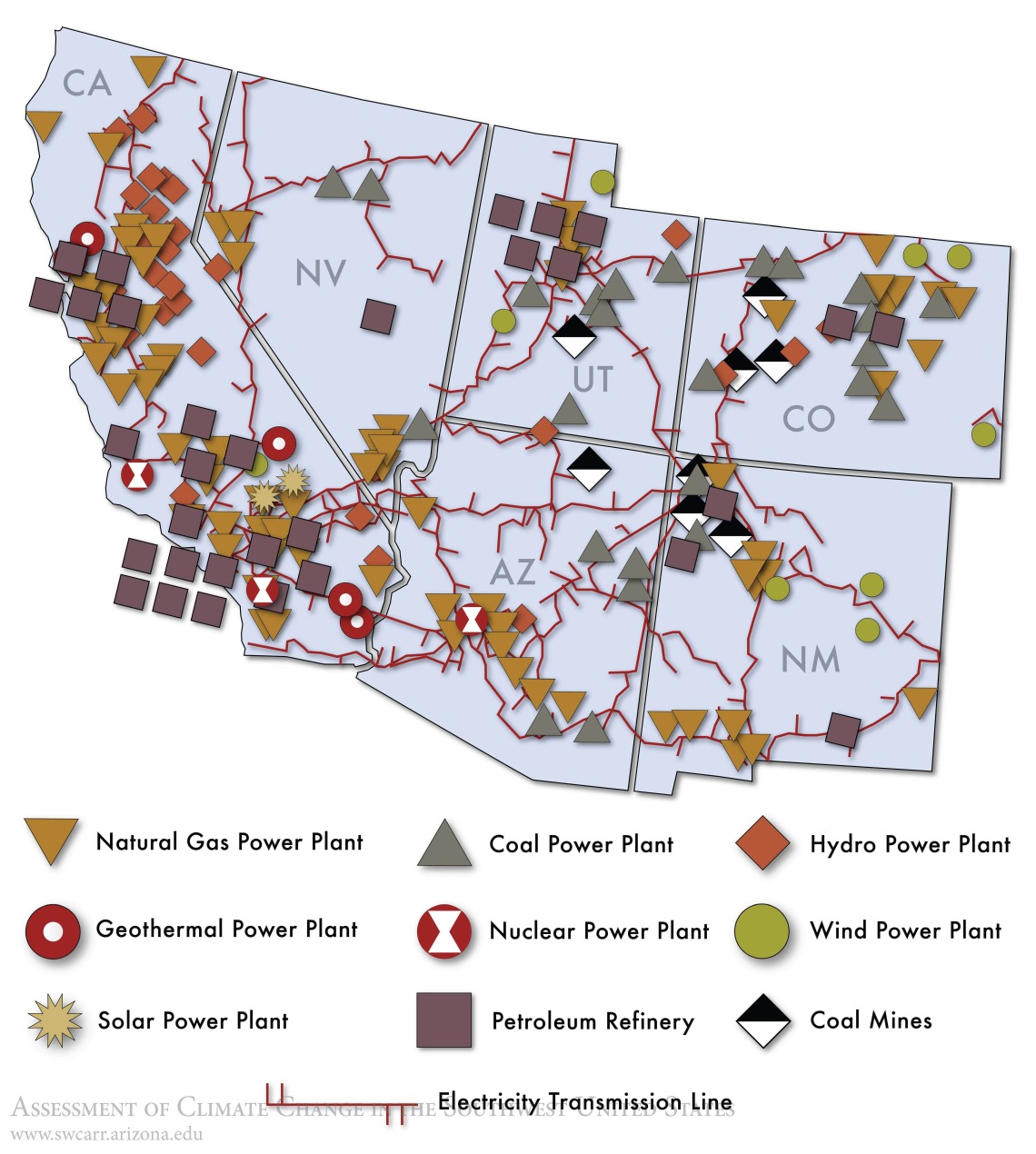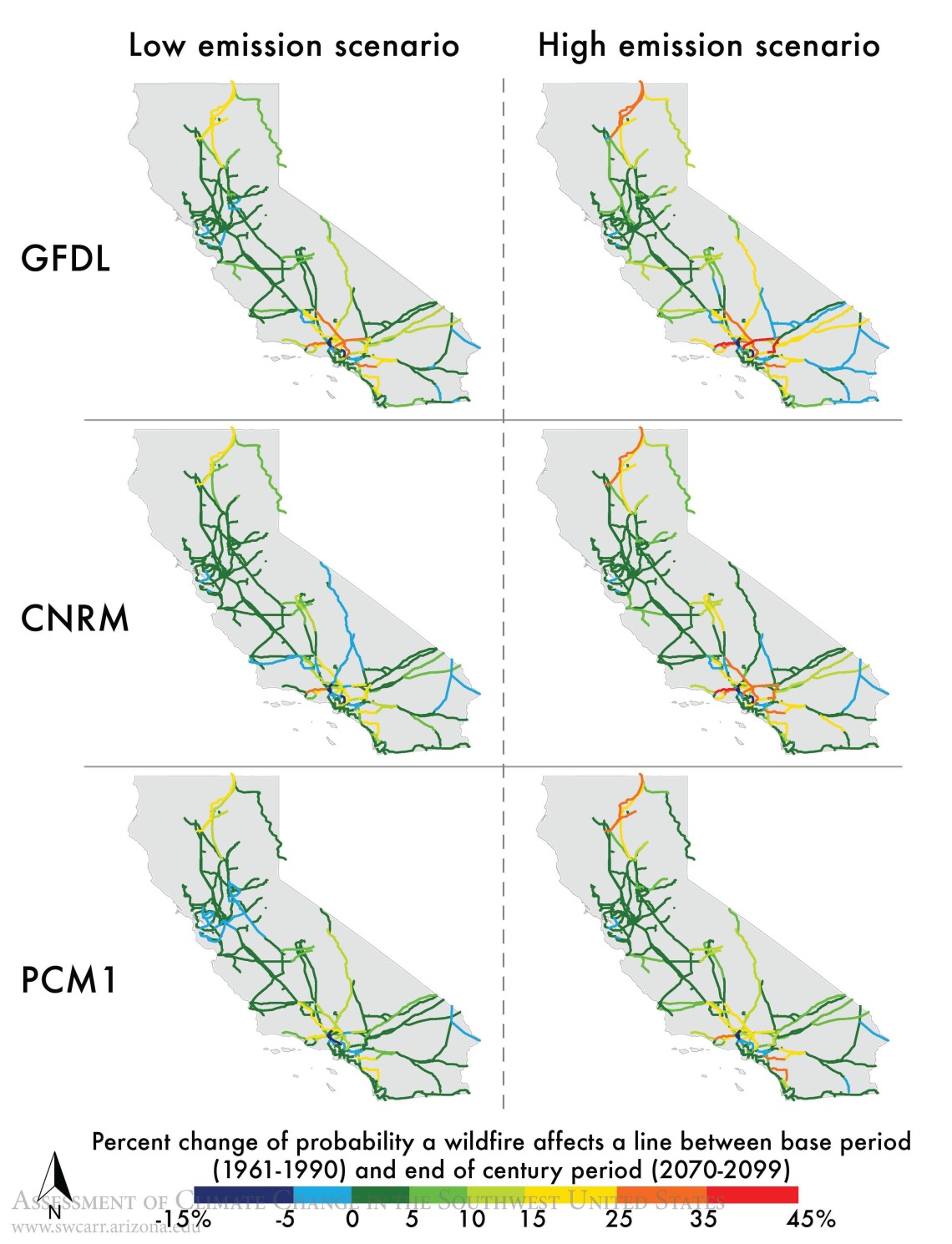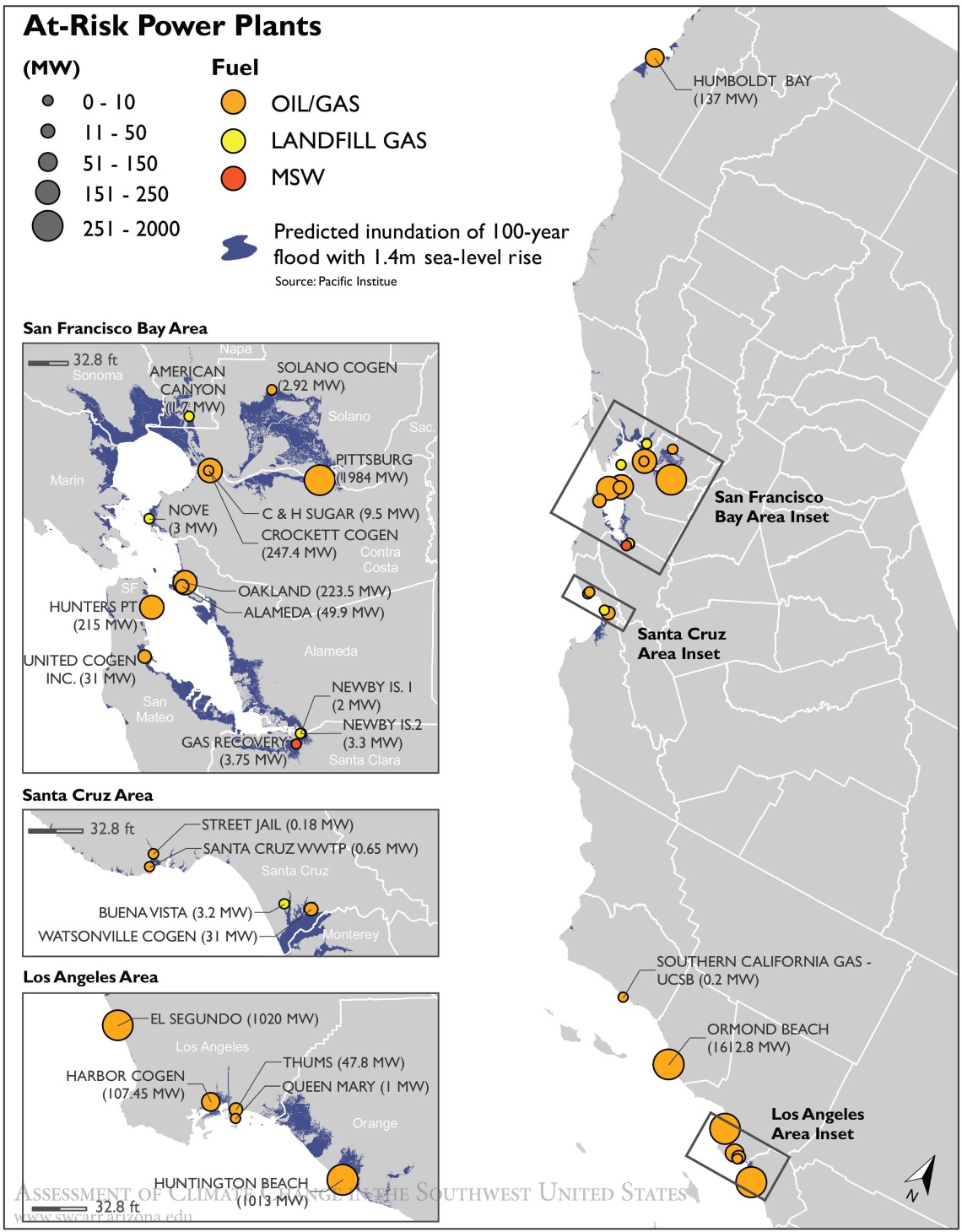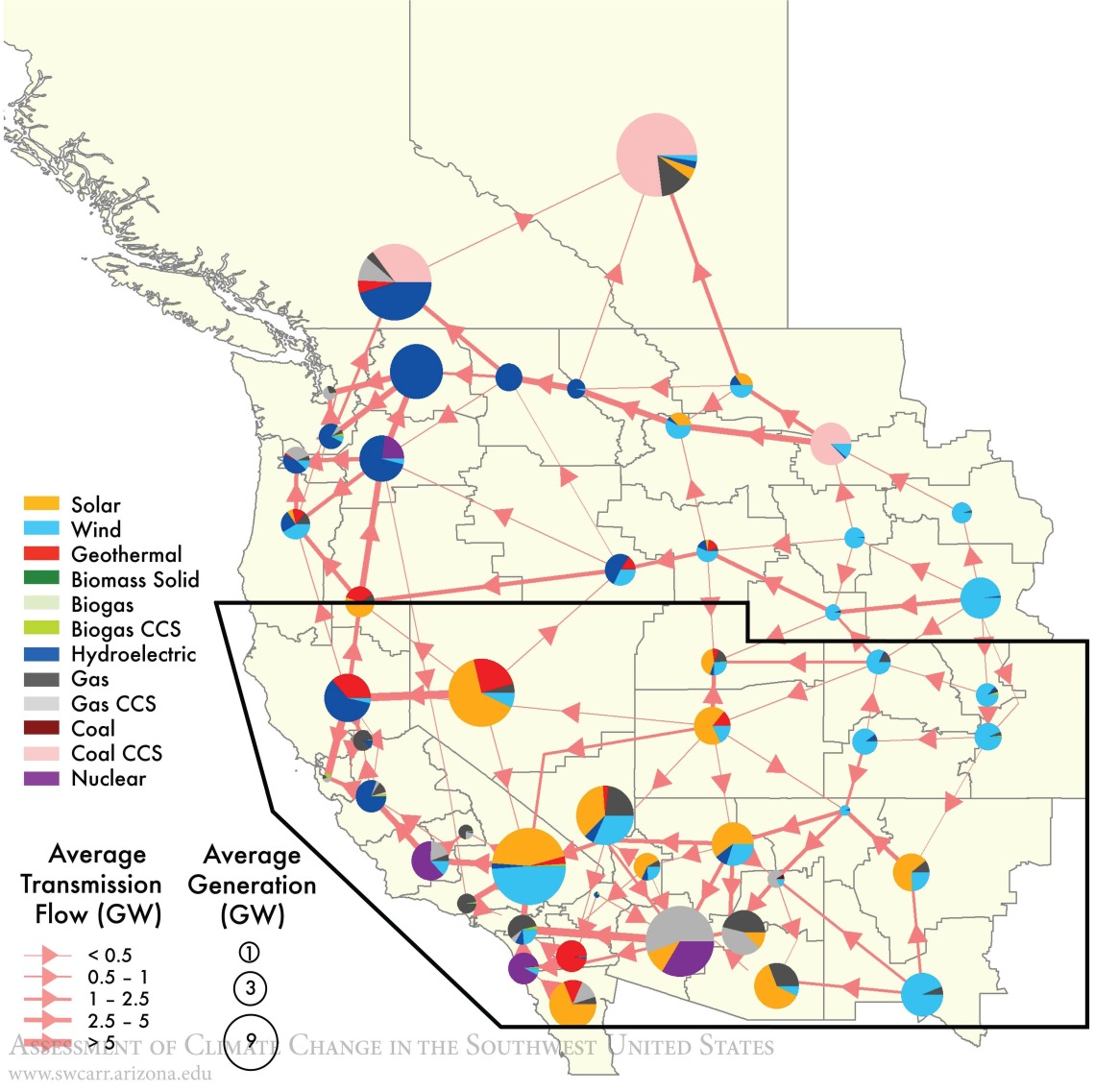Energy: Supply, Demand, and Impacts shows the potential effects of climate change on energy production, consumption, and delivery—including the influence of temperature increases on different methods of electricity generation (such as from natural gas turbines, hydropower, or thermoelectric sources), on transportation systems, and on the vulnerability of energy-related infrastructure.
Citation:
Tidwell, V. C., L. Dale, G. Franco, K. Averyt, M. Wei, D. M. Kammen, and J. H. Nelson. 2013. “Energy: Supply, Demand, and Impacts.” In Assessment of Climate Change in the Southwest United States: A Report Prepared for the National Climate Assessment, edited by G. Garfin, A. Jardine, R. Merideth, M. Black, and S. LeRoy, 240–266. A report by the Southwest Climate Alliance. Washington, DC: Island Press.
Vincent C. Tidwell (Sandia National Laboratories)
Larry Dale (Lawrence Berkeley National Laboratory)
Guido Franco (California Energy Commission)
Kristen Averyt (University of Colorado)
Max Wei (Lawrence Berkeley National Laboratory)
Daniel M. Kammen (University of California-Berkeley)
James H. Nelson (University of California- Berkeley)


